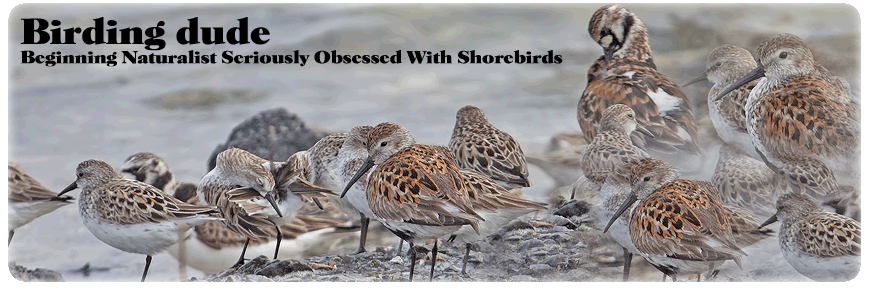In winter plumage, identifying Eared among Horned Grebes can get rather tricky especially when viewing from a distance, with less than ideal conditions such as poor light and or choppy waves. However, there are many characteristics that have been identified and written about by seasoned birders that could help in getting the ID correct. Here are a few that should help in the field:
- The Horned Grebe has a narrow black stripe down the back of its neck that the Eared Grebe lacks
- Eared Grebe neck is darker than Horned in winter
- Eared Grebe has a peaked crown above the eye
- Eared Grebe floats higher in water than Horned, showing white fluffy undertail coverts (be careful with this one as it tends to vary; also show caution applying this field mark when looking at Grebes in choppy waves)
- Eared Grebe has a short, thin, straight or slightly upturned bill
Tags:


4 comments:
What stands our for me is how a Horned Grebe face looks almost exactly half-white and half-dark whereas an Eared Grebe seems to have a darker face.
Good bird for Queens, and it caught you up one on me (I had the one that spent the summer in 2007).
Interesting post, great tips. I just saw two horned grebes yesterday at Illinois State Beach and needed help to ID. Perfect timing to see your post!
@Corey - Great point, I should have included that. I may have to add that to the list and give you credit. You and this county listing thing :-)
@Debbie - Hi, thanks. Glad you found it helpful. I am going to work on a post showing the two species side by side highlighting the different field marks.
Post a Comment